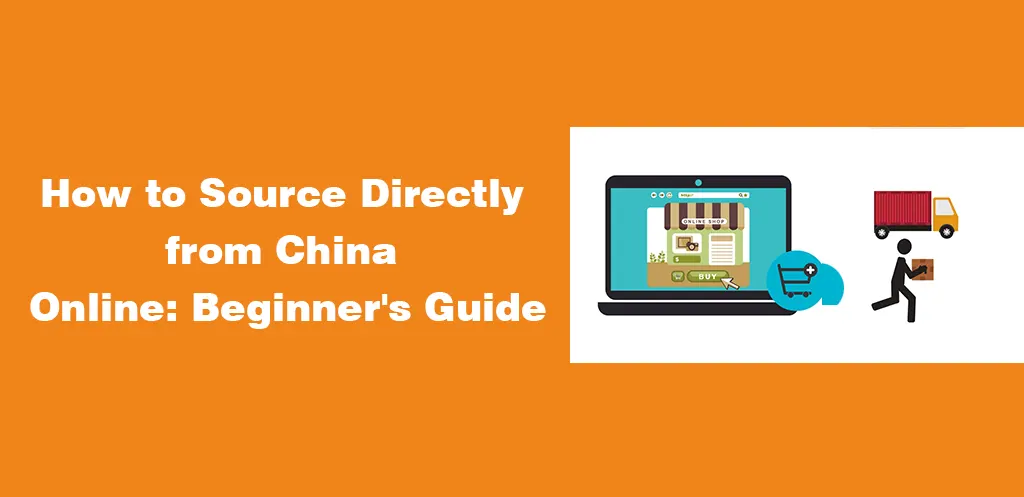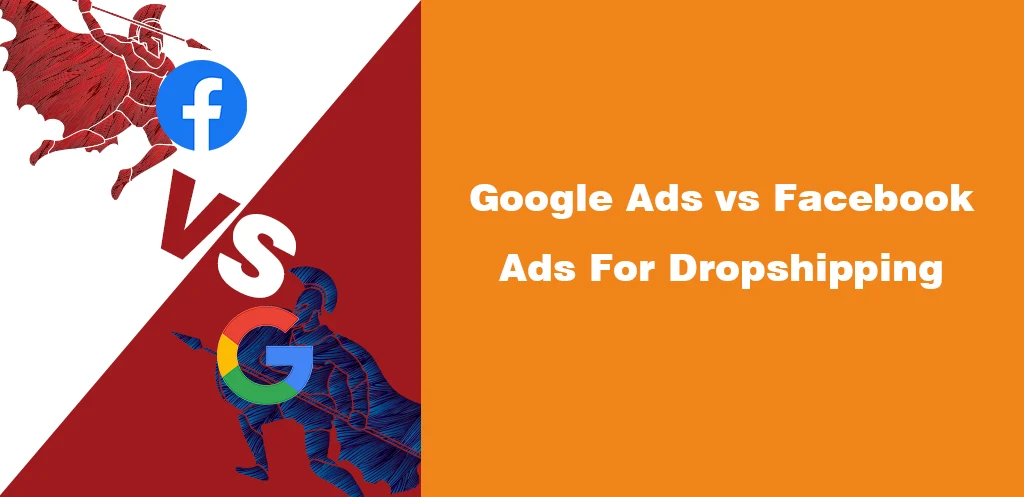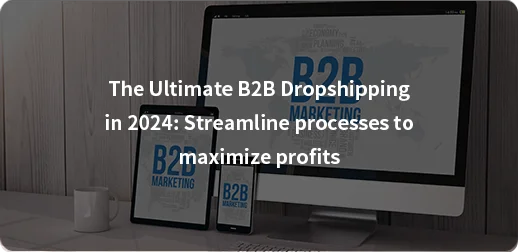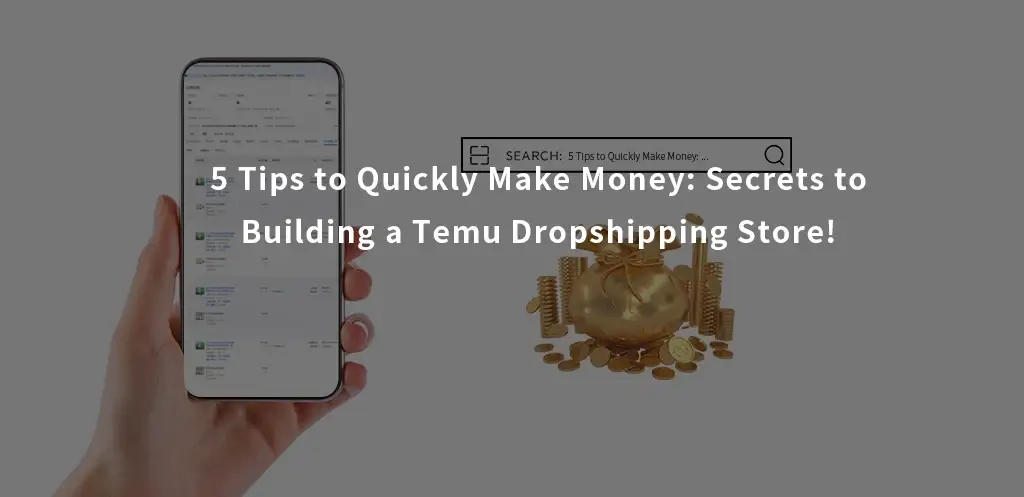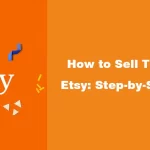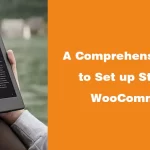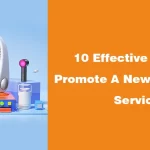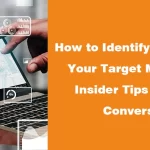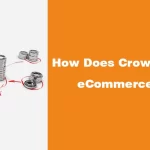Dropshipping is a popular e-commerce model. With this model, online store owners don’t need to own inventory. Instead, when a store sells a product, it purchases the item from a third-party supplier, who then ships it directly to the customer. This business model is attractive to many entrepreneurs due to its low startup costs and minimal risk.
Although dropshipping stores do not carry inventory, they still need traffic. With a steady stream of visitors to your online store, you can make more sales and get more profits. However, high-quality products or an attractive web design does not guarantee traffic or sales.
In addition, although traffic is the lifeblood of any eCommerce store, getting it organically is the best. Although effective, paid advertising can be expensive, especially if your business has a limited budget. Also, the competition for paid advertising is quite stiff, and you may need significant investment to see substantial results.
Fortunately, this article discusses the benefits of free traffic sources and 3 sources of this traffic for your dropshipping store. You will also learn how to optimize these traffic sources for the best results.
What Are The Benefits Of Free Traffic Sources?
Getting free traffic to your dropshipping store requires leveraging several strategies to drive customers to your site. Free traffic sources are a cost-effective and sustainable solution for dropshipping stores compared to paid traffic.
The benefits of using free traffic sources include the following:
- Cost Savings: Free traffic sources don’t require a significant financial investment. Therefore, they are accessible to businesses with tight budgets.
- Sustainability: Organic efforts are sustainable once established. Free traffic sources allow you to get a consistent flow of visitors to your store without ongoing costs.
- Long-Term Value: Paid advertising may stop delivering results once you stop spending. On the other hand, the efforts you put into building free traffic sources can pay off for years.
- Brand Building: Free traffic sources often involve content marketing and community engagement, which can help establish and build your brand presence and increase customer loyalty.
- Targeted Audience: Many free traffic methods allow you to attract a highly targeted audience interested in your niche, products, or services.
3 Free Traffic Sources for Dropshipping Stores
1. Search Engine Optimization (SEO)
SEO can help you get organic and high-quality traffic to your dropshipping store. You can leverage On-page SEO, Off-page SEO, and organic SEO for your business.
A. On-Page SEO
On-page SEO includes several inbound marketing strategies you can leverage for your business. This type of SEO focuses on optimizing your webpage content for search engines and users. Therefore, your store will be recommended when someone searches for a particular keyword or product.
Some strategies in on-page SEO include;
-
Keyword Research
As an eCommerce seller, understanding the words and phrases your potential customers are searching for is crucial. You can identify your niche’s most relevant and high-traffic keywords with keyword research.
Keyword research tools and analytics can help you pinpoint the most relevant keywords your store can rank for. You can then strategically incorporate these keywords into your content.
-
Optimizing Product Descriptions
Product descriptions are the sales pitch for your dropshipping store. Crafting compelling product descriptions that appeal to your audience is crucial to optimizing for SEO. You should also include carefully chosen keywords from your research. This tells search engines like Google that your product pages are highly relevant to users’ queries.
In addition, incorporate copywriting into your product descriptions. Don’t just sell the product; sell the experience, benefits, and solutions your products provide. Your product descriptions should also engage, inform, and, most importantly, convert.
-
Meta Titles and Descriptions
The meta title and description are the first things potential customers see on a search engine results page (SERP). They are your store’s first impression on the SERP. These elements are pivotal in attracting clicks and driving traffic to your store.
As an eCommerce seller, you should carefully craft captivating meta titles and descriptions. They should be concise and informative. You can also incorporate the essential keywords you identified from your keyword research.
B. Off-Page SEO
Off-page SEO involves activities you do off your website to increase your site’s rankings on a SERP. This type of SEO will expand your reach beyond your website and establish your authority in your niche.
-
Building Backlinks
Building backlinks is a crucial part of off-page SEO. As an eCommerce seller, you’re not just selling products; you’re building your brand’s reputation. Backlinks, or inbound links from other websites to yours, can help establish credibility.
High-quality backlinks signal to search engines that your website is trustworthy. You can get backlinks by collaborating with relevant websites, engaging in influencer partnerships, or creating exceptional content that naturally attracts links.
The key is to earn links from authoritative sources, which can significantly boost your search engine rankings.
-
Guest Blogging
Guest blogging allows you to share expertise and gain visibility in your niche. As an eCommerce seller, you can seek opportunities to write guest posts on reputable websites and include a link back to your store within your author bio or the content itself.
Guest blogging drives traffic to your store and positions you as an authority in your industry. Doing this helps you tap into the audience of the host website, potentially reaching a broader customer base.
C. Local SEO
Local SEO helps improve your business’s visibility in local search results. Optimizing for local search can help you attract customers within your target areas.
-
Google My Business
Google My Business (GMB) is a powerful tool for eCommerce sellers, even if you don’t have a physical store. As you create or claim your GMB listing, provide accurate and detailed information about your business, including your products, service area, contact details, and operating hours.
Keeping this information up-to-date ensures potential customers can find you easily. By optimizing your GMB profile, you enhance your chances of appearing in local search results and Google Maps, attracting nearby customers who are searching for products you offer.
-
Customer Reviews
Customer reviews are a great source of free traffic for eCommerce sellers. Encourage your customers to leave honest and positive reviews about their experiences with your products and services. These reviews help potential customers make informed decisions and influence search engine rankings.
The more positive reviews you garner, the higher your rankings in local search results. It is best to monitor and engage with both positive and negative reviews. This demonstrates your commitment to customer satisfaction and further enhances your online reputation.
2. Content Marketing
Content marketing is a powerful tool for driving organic traffic to your eCommerce store. This tool includes several strategies, including;
-
Creating High-Quality Blog Posts
The first and most crucial step in blogging is to create high-quality content that resonates with your target audience. Think about your potential customers’ pain points, interests, and questions. Craft blog posts that provide valuable information and address your customers’ needs.
In addition, use a well-structured format, including catchy headlines, engaging introductions, informative body content, and compelling conclusions. Ensure that your content is well-researched, accurate, and free from grammatical errors.
High-quality blog posts not only keep your readers coming back for more but also have the potential to rank well on search engines, driving more organic traffic to your store.
-
YouTube
YouTube is a popular and powerful tool for marketing videos that showcase your products and industry expertise. Start by creating a branded channel and crafting compelling videos that resonate with your target audience. This can include product reviews, behind-the-scenes glimpses into your business, or even educational content related to your niche.
Using high-quality video and audio equipment ensures your videos look and sound professional. In addition, optimize your video titles, descriptions, and tags with relevant keywords. This makes it easier for potential customers to find your content on YouTube’s search engine.
-
Email Marketing
Email marketing is an effective tool for nurturing customer relationships, driving sales, and keeping your audience engaged. With this tool, you can build a quality subscriber list and send them targeted emails.
When creating the list, create opportunities for your website visitors and customers to subscribe to your email updates. Consider using well-designed pop-ups and lead magnets like exclusive discounts or valuable content. Remember also to include clear calls to action.
In addition, it is best to make the subscribing process easy and user-friendly. Ask for minimal information, such as the subscriber’s name and email address. Also, assure subscribers about their privacy and how often they can expect to hear from you.
After creating your list, segment it based on various criteria like demographics, purchase history, or engagement level. Sending the right message to the right people is crucial to email marketing success.
Furthermore, design your emails to be visually appealing and mobile-friendly. Also, include compelling subject lines encouraging recipients to open and read. Remember, consistency is key. Develop a schedule for sending emails, whether it’s weekly newsletters, special promotions, or product updates.
3. Social Media Marketing
Social media marketing can be a powerful way to reach and engage your audience. You can use popular social media platforms to expand your online presence and drive organic traffic to your eCommerce store.
-
Facebook
Facebook gives you access to a massive user base. Create a dedicated business page to showcase your products, share updates, and engage with your audience. Use various post types, including images, videos, and interactive content.
You can also use Facebook Ads to target specific demographics, interests, and behaviors. Building an active Facebook community can help you get free traffic to your store and also foster brand loyalty through engagement and interaction.
-
Instagram
Instagram is a visual platform that’s perfect for showcasing your products. You can regularly post high-quality images of your items. In addition, you can use Instagram Stories to post real-time updates, promotions, and behind-the-scenes glimpses of your business.
Utilize relevant hashtags to increase discoverability. The Instagram shopping feature lets you tag products in your posts, enabling direct links to your store.
-
Pinterest
Pinterest is unique for its inspirational and visual nature. You can create compelling pins for your products and blog content, optimizing them with detailed descriptions and relevant keywords. In addition, join group boards in your niche to broaden your reach.
Pinterest is also an excellent platform to engage with users seeking ideas and inspiration, which can lead to increased traffic to your store.
-
X
X is known for real-time updates and short, engaging content. Regularly post about your products, promotions, and industry news.
You can also use relevant hashtags to increase your tweets’ visibility. Furthermore, X is an effective platform for driving traffic and building brand awareness. Engage with your followers by responding to queries and retweeting relevant content.
-
Leveraging Influencers
Influencer marketing is a powerful strategy to tap into established social media followings. Identify influencers in your niche whose audience aligns with your target customers.
Collaborate with these influencers to showcase your products through sponsored posts, reviews, or unboxing videos. Their endorsement can introduce your brand to a wider audience and drive traffic to your store.
Analyzing and Optimizing Traffic Sources
Analyzing and optimizing your traffic is essential because there are several free traffic sources for dropshipping stores. Consistently fine tuning your approach can help you maximize the effectiveness of these traffic sources.
You can analyze and optimize traffic sources using analytics tools like Google Analytics and other website analytics platforms. These tools provide valuable insights into the behavior of your visitors.
You can monitor metrics like traffic sources, user engagement, bounce rates, and conversion rates. Identify which traffic sources are performing best and which may need improvement. Understanding your traffic sources through data allows you to make informed decisions and allocate your resources effectively.
Once you’ve identified your most successful traffic sources, it is best to scale them up. If certain social media platforms or content types drive the most traffic, allocate more resources to these channels.
If particular keywords are performing well in your SEO efforts, consider creating more content around them. By scaling your successful strategies, you can maximize their impact and attract more visitors to your store.
Conclusion
This article has explored 3 free traffic sources for your dropshipping business. These sources offer cost-effective ways to attract potential customers to your dropshipping store. By mastering these strategies, you can expand your online presence and reach a broader audience without breaking the bank.
In addition to getting free traffic to your dropshipping store, prioritize customer service, optimize your online store for mobile, network, and collaborate, and stay updated on the latest industry trends, customer behavior shifts, and algorithm changes.

